Created by Matt Kester, ‘Rescue: HI-Surf’ is a drama show revolving around the action-filled lives of lifeguards on a Hawaiian beach. Against the backdrop of Oahu’s North Shore, known for its intense waves, Harlan “Sonny” Jennings, the captain of 7th District, leads his team—Em, Laka, and Will—to prevent one coastline crisis after the other. Consequently, as the team gains two new rookies, Kainalu “Nepo hire” Emerson and skilled Hina Alexander, new dynamics lead the lifeguards down uncharted waters.
The show presents a realistic account of the responsibilities and hardships that lifeguards shoulder by charting a different rescue mission with every episode. Consequently, viewers get to glimpse into the more practical experiences that shape a lifeguard’s profession through the dramatized lens of Team North Shore. For the same reason, ‘Rescue: HI-Surf’ may lead viewers to wonder if the characters’ on-screen adventures hold any basis in reality.
Rescue HI-Surf is Fueled by Cultural Authenticity
For the most part, ‘Rescue HI-Surf’ presents a fictionalized tale in the overarching storyline that it pens through the central characters. Consequently, Em and her colleagues aren’t based on real-life counterparts whose stories were taken as the base of inspiration for the show. Nonetheless, the show does draw from reality in other prominent ways. Matt Kester, the show’s creator, is a Hawaii resident and has been living in Oahu for decades now. However, he had always felt that despite the country’s exposure within mainstream media, the real Hawaii that he lives in seldom finds its way to the big screen.
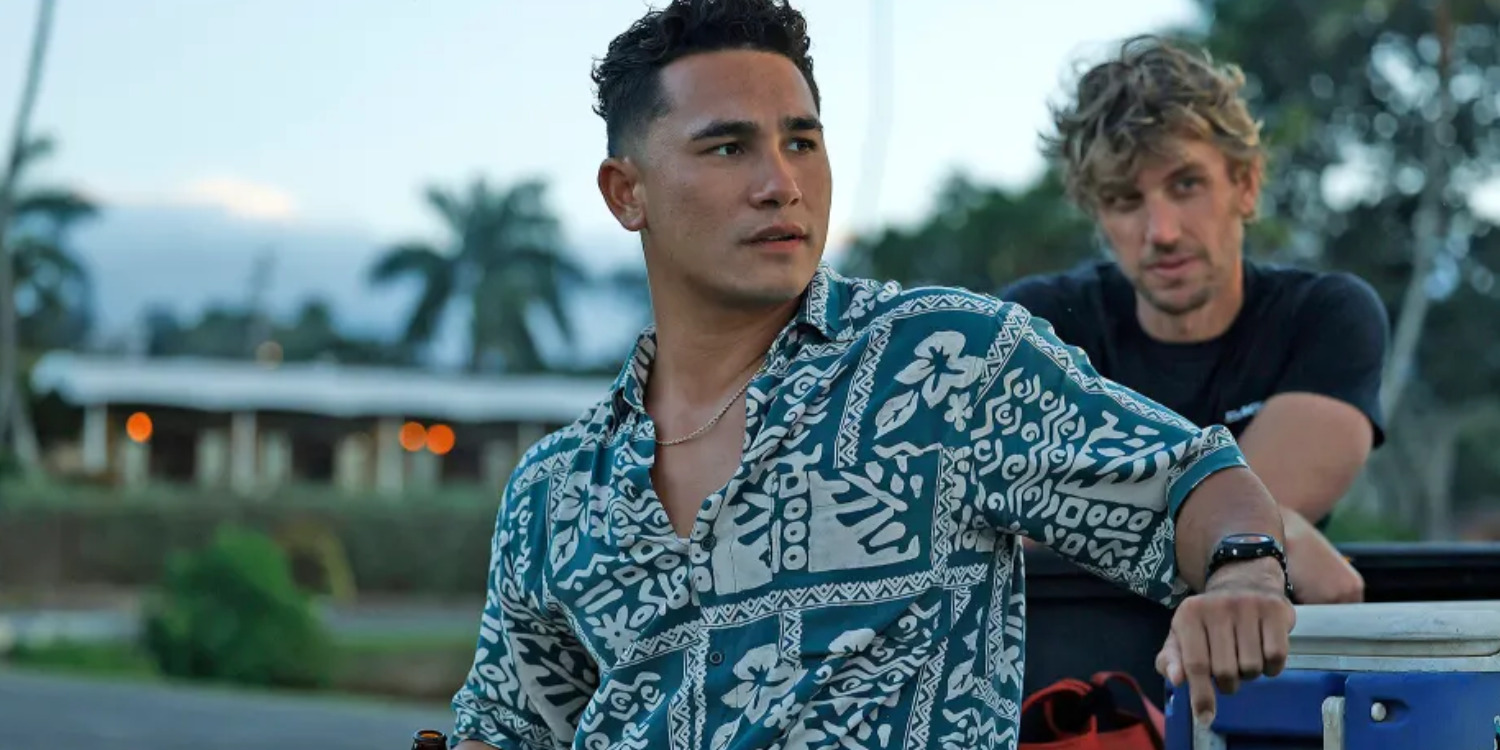
Consequently, with this project, Kester wanted to showcase a realistic account of life in Hawaii, especially for the regular, working-class, and service people. In a conversation with Deadline, Kester elaborated upon the same and said, “It’s a difficult way to live, actually, because it’s (Hawaii is) an expensive place to live. So for first responders, for lifeguards, for teachers, it’s very hard to carve out a life, but it’s so beautiful, and you love it.” As such, with the same in mind, the show’s creator and John Wells, an executive producer and director, set out to bring an authentic version of life as a Hawaiian resident.
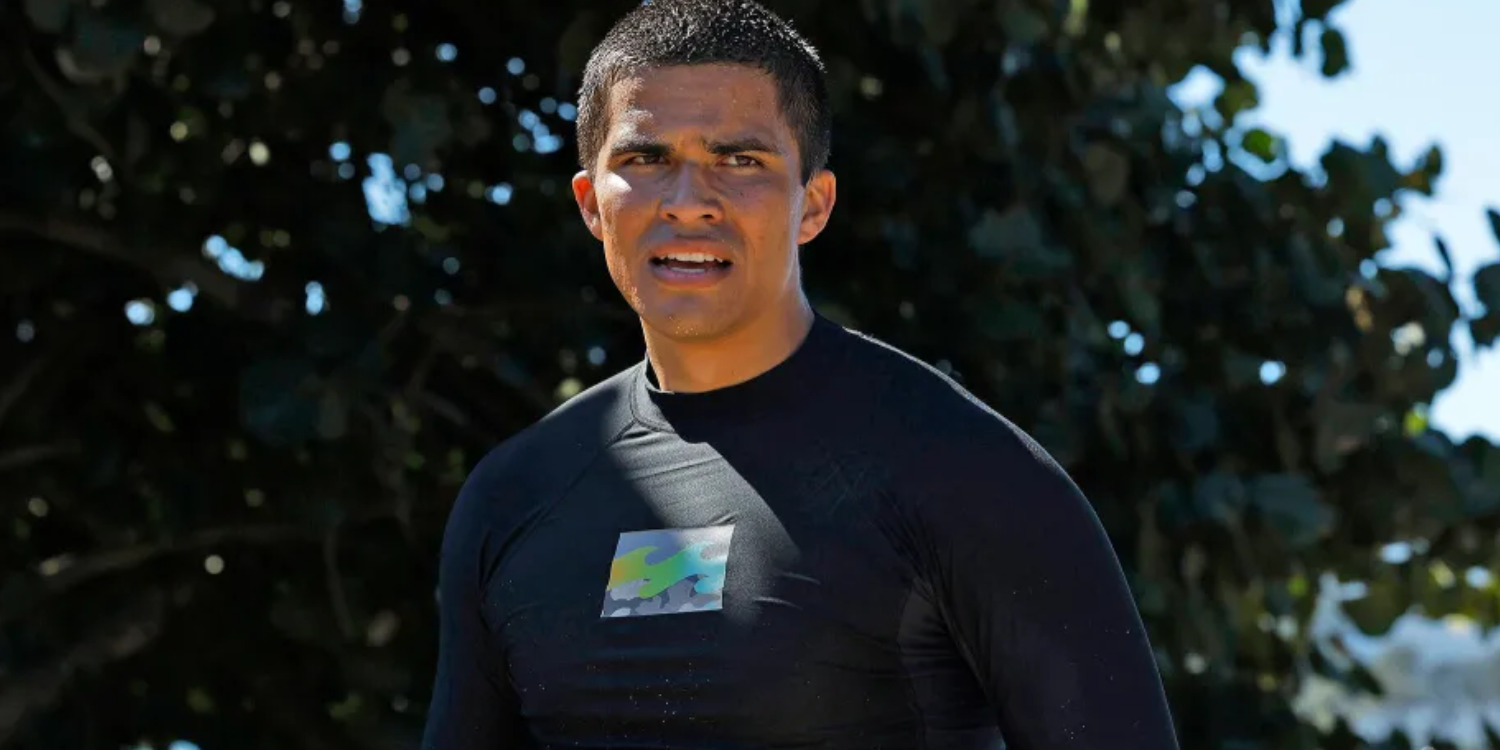
The show achieves the same most prominently when it depicts the variety of struggles certain characters face in their lives. For instance, Hina Alexander, a Hawaiian native, grapples with the rapidly increasing cost of living, while Will, an Australian immigrant, goes through the trials and errors of fitting in. On the other hand, the show also showcases the drawbacks of increased tourism through the more professionally driven storylines. Therefore, Kester, who moved to Oahu with a yet unfulfilled dream of becoming a professional surfer, efficiently captures the nuances of the show’s geographical setting.
The On-Screen Lifeguards Replicate True Experiences of Real Lifeguards
Even though ‘Rescue HI-Surf’ doesn’t directly base its characters on real-life individuals, it infuses their narratives with enough authenticity to ground them in realism. In fact, many of the rescues showcased on-screen are inspired by real-life rescues that have happened in the past. As such, despite Sonny and his team’s fictional roots, the characters bring a crucial aspect of reality to the screen through their storylines, which revolve around lifeguarding. Discussing the same with Khon2, a Hawaii-based news station, actor Robbie Magasiva said, “We are actually telling the story of the actual lifeguards in Hawaii.” Therefore, in order to achieve as much authenticity as possible in bringing these stories to their audience, the actors involved in the project underwent an intense training regiment in preparation.
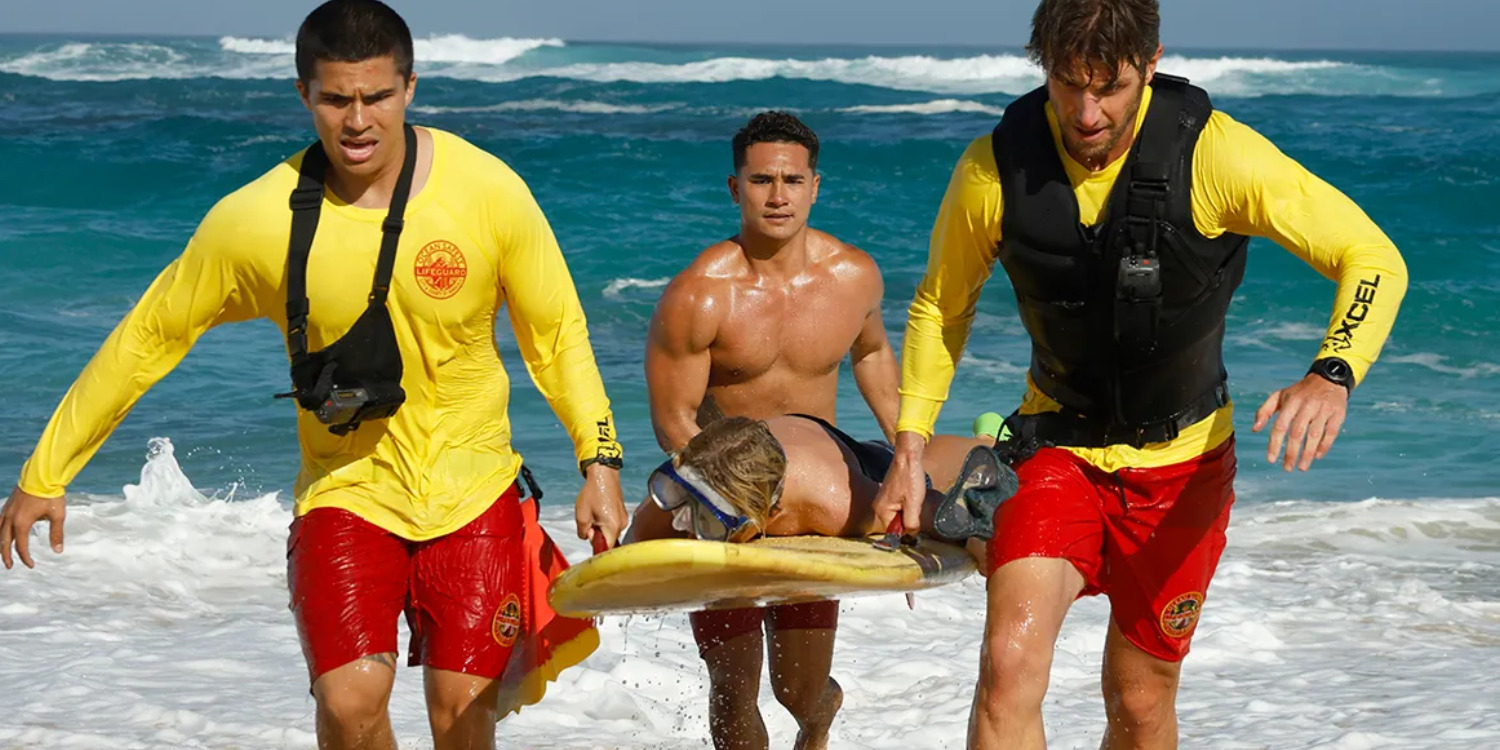
The same included a two-week program under the guidance of trainers, including Brian Keaulana, a known Hawaiian surfer, lifeguard, and waterman. “You know the goal (of the training) was to become certified as a lifeguard,” said Arielle Kebbel, who helms the role of Em. She further continued, “And learn what it’s like not just in the water, but also on the sand, on the ATVs. You named it; we trained it. The goal for everyone was to be as authentic as possible.” Another measure that ‘Rescue HI-Surf’ undertakes to ensure its realistic depiction of Hawaiian lifeguards remains its decision to carry out the filming on the actual North Shore of O’ahu. Inevitably, the decision ended up demanding some production delays as a result of weather, sea animals, or emergency rescue missions.
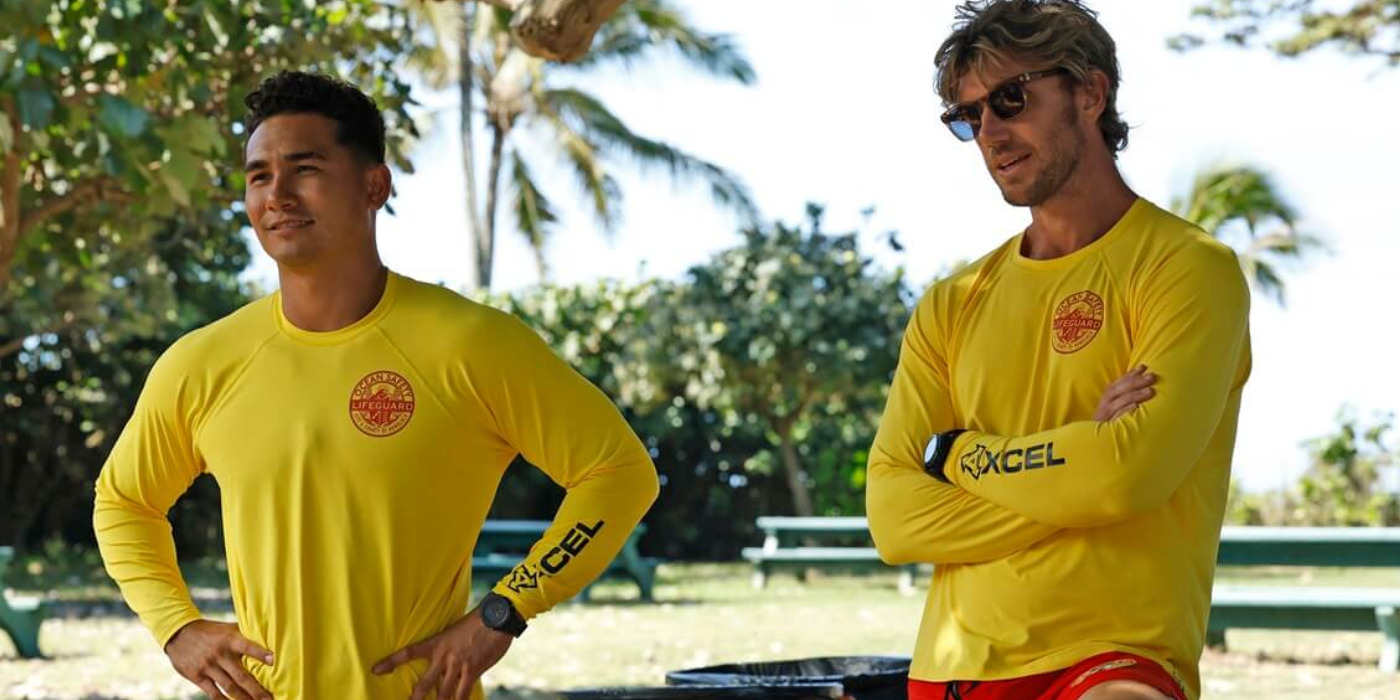
In fact, according to John Wells, an estimated 60 real-life rescues had taken place on set by the show’s water team throughout filming. Still, despite the challenges of the filming location, the show only benefits from depicting O’ahu in all its natural glory. Thus, the show’s dedication to authenticity shines in the more technical aspects of the lives of the characters, their jobs, and their surroundings. Consequently, even though the narrative employs plenty of fictionalization to create its cohesive, streamlined storyline, the show also boasts notable roots in real life.
Read More: Fox’s Rescue HI-Surf: Exploring All Filming Locations

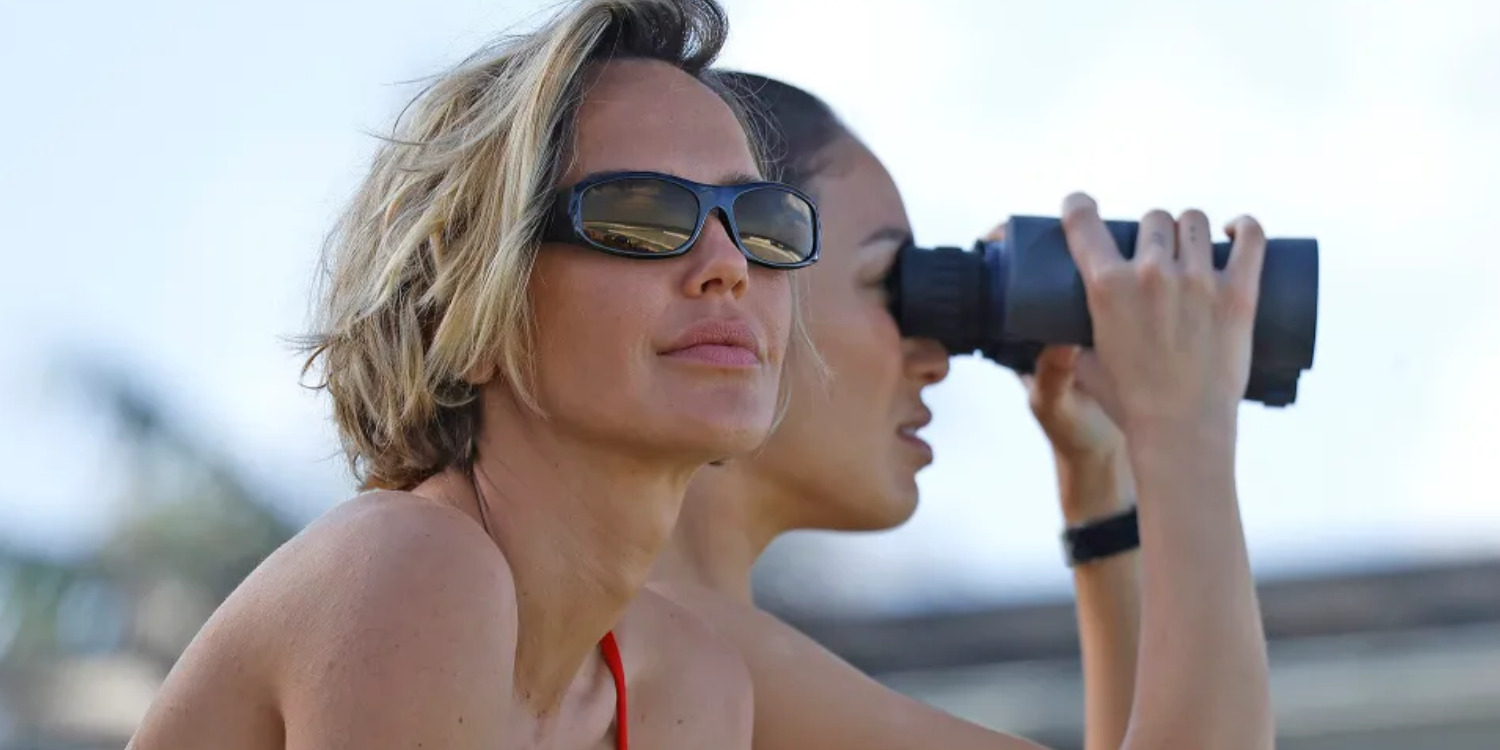
You must be logged in to post a comment.